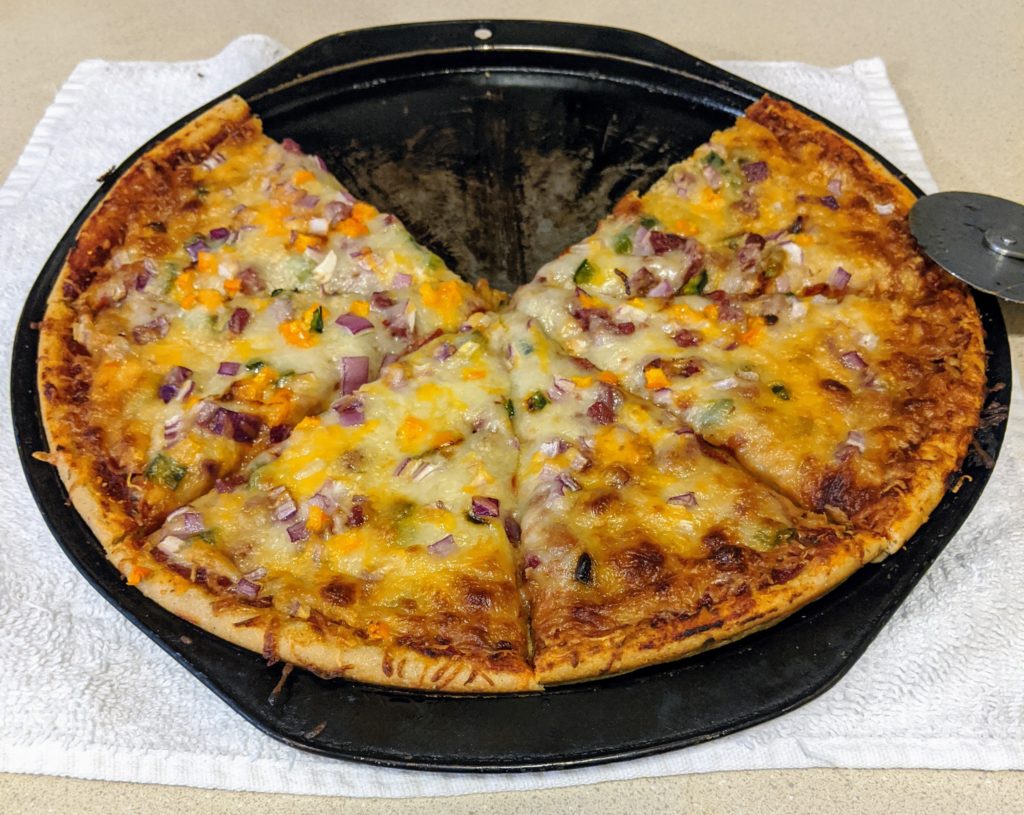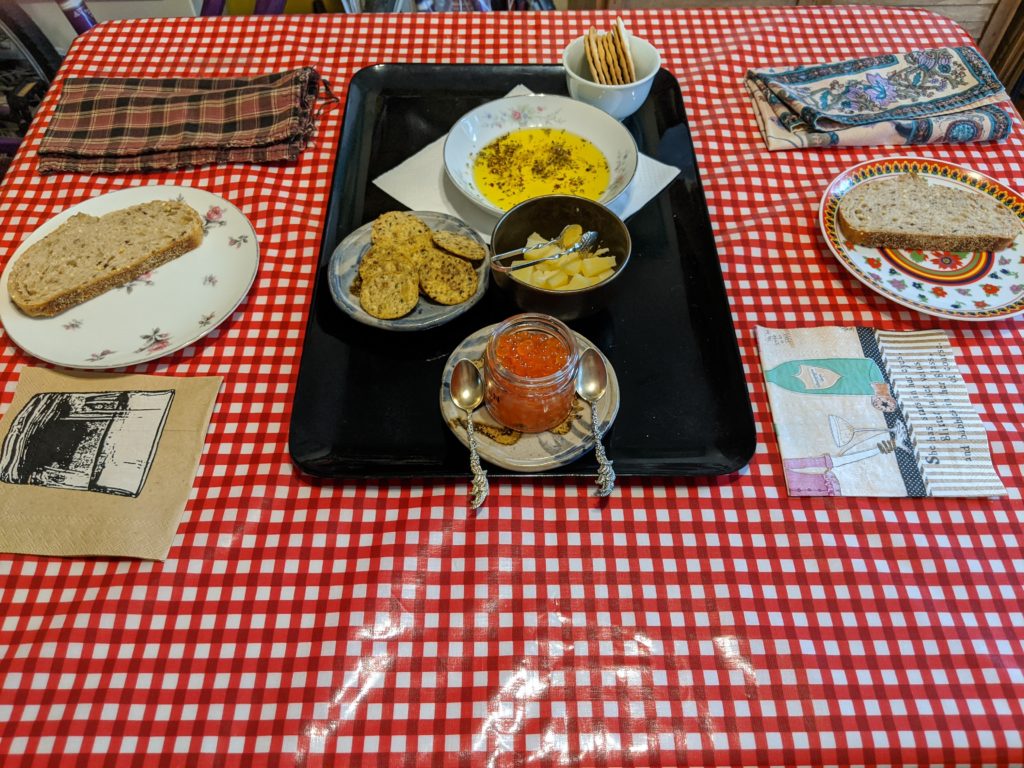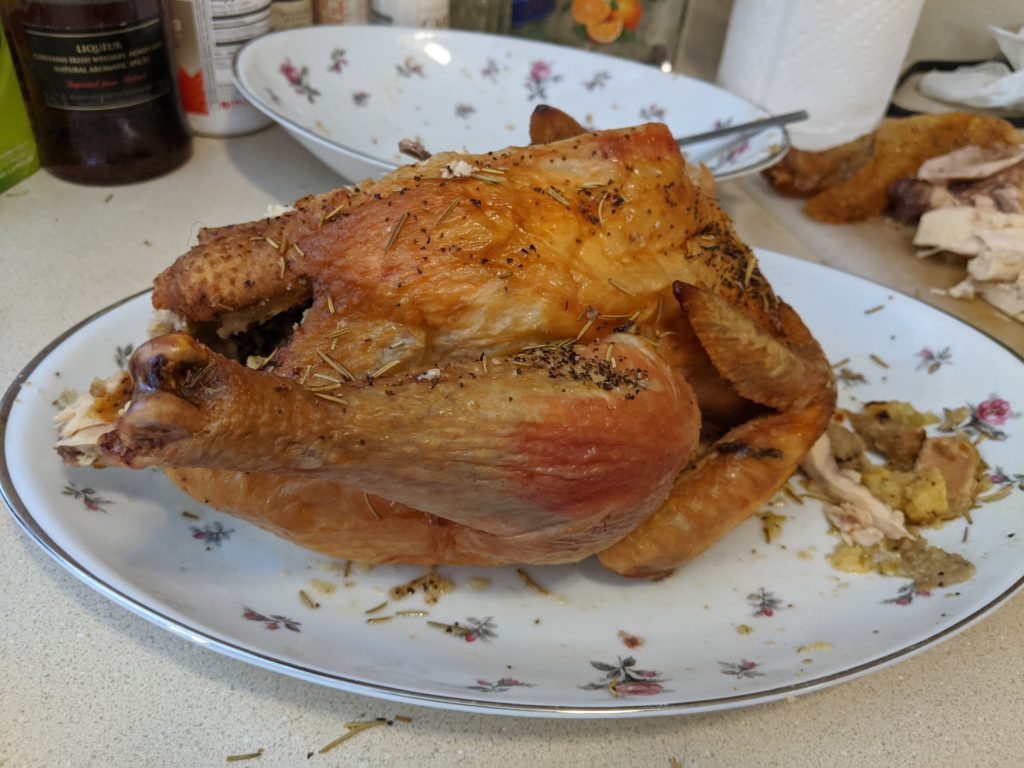It’s a little hard for me to settle on a start date for my personal social distancing. The formal stay-at-home order from the governor didn’t go into effect until March 21st, but the last thing I did that was really inconstant with proper distancing was on March 12th when I attended an aikido class (you really can’t remain distant and practice aikido). So, I’m calling it a month-ish of distancing.
I think of myself as semi-retired (because I am still writing and was still teaching my taiji class), but as a practical matter, I’m really actually retired. I’ve been drawing my pension for something like 5 years now, and Jackie has started drawing her social security.
So our financial circumstances as far as income goes are pretty much just as they were. (It may be that I won’t get paid for the last session of teaching taiji, since I only taught two of the planned eight weeks, but the actual dollar amount in question is pretty small.)
I assume my stock investments got crushed in the early reaction to the pandemic and have since recovered some, but to be honest I’ve not paid much attention. I had lightened up on stocks a couple of times in the past couple of years, and am pretty comfortable with my asset allocation. (I actually checked with Wise Bread to see if they wanted me to pitch them an article on “Investing in Plague Time,” but they said they’d completely shut down commissioning articles due to how the pandemic was hitting their income. I’ll recast the article as a blog post and put it up here pretty soon.)
As far as spending goes, we’re spending quite a bit less. We’re still trying to support local businesses—we’ve been buying groceries during geezer hour at Schnucks, and we restocked our liquor cabinet at Friar Tuck’s, taking advantage of their curb-side pickup scheme—but I’ve stuck to my new policy of only buying prepared food or drinks from businesses that provide paid sick time to everyone who might come into contact with my food, and so far I haven’t heard of any local restaurants or bars that do that. (If you know of any, let me know!) The upshot is that 100% of the food we’ve eaten this month has been prepared by Jackie or by me, which means it’s been both delicious and healthy.
I don’t have many pictures of the great dishes that Jackie has cooked—most recently khema made with grass-fed beef and served with chapatis—and it seems that I failed to get a picture of the lingcod seasoned after the fashion of Kerala roadside chicken (garlic, ginger, fennel, garam masala, turmeric) that I fried in coconut oil in my big cast iron skillet. However, here’s a few recent dishes:

Pizza I cooked 
Salmon roe with bread, herbed olive oil, and various kinds of crackers 
Free-range chicken from Seven Sisters Farm
Besides all the great food, we’re also enjoying (perhaps a little too much) our daily cocktail hour—often on-line with my brother and our mom. The folks I meet for coffee on Tuesday morning have been keeping things going by doing that on-line as well.
I’ve been very pleased with my success at maintaining my workout regimen, despite the closure of the fitness room. I’ve been making use of my kettlebell and my jump rope. I’ve been getting my runs in. I’ve been using my new gymnastic rings:

I do my workouts outdoors to the greatest extent possible—runs around the neighborhood, setting the rings up in Winfield Village’s basketball court, jumping rope and swinging the kettlebell in our little patio. Our neighbors all seem to be pretty good about respecting proper distancing practices, so it’s working okay so far.
While I’m on the subject of exercise, I wanted to mention in passing this hilarious tweet:
Just to say that, although getting ripped is perhaps not in the cards, I’m having a great time making the attempt.
Finally, I’m meaning to get back to getting some writing done, and to that end I spent all morning tidying up my desk:

At this moment (a couple of hours later), it is still just about that tidy, and I’ve used it to write this blog post. This afternoon I’ll use it to write a letter to my congressman and senators, urging them to support the post office. And then, I’ll see if I can’t get to work on some fiction.





